Resources
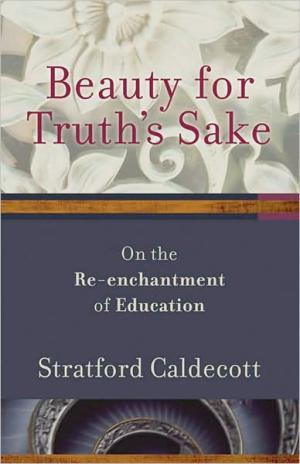
Much of the confusion and meaninglessness of the twenty-first century stems from the fragmentation of knowledge. Our postmodern times cry out for a return to wholeness. Enter Stratford Caldecott, who calls for renewal in education in Beauty for Truth's Sake. By reclaiming the classic liberal arts and viewing disciplines such as science and mathematics through a poetic lens, the author explains that unity is present within diversity. Ultimately, God is behind all truth. This book will benefit parents, homeschoolers, lifelong learners, and readers interested in the history of ideas. It is appropriate for Christian college and university students and will play an especially important role in curriculum development. EXCERPT I've heard many exasperated parents say to me, "If I can just get my kid through their teenage years then they'll be okay." There have been many tiring and frustrating days where I could agree with that sentiment. But I think you would agree with me that "just making it through" wouldn't exactly qualify as a lofty goal. As if somehow the goal of parenting is just to protect or tolerate and then hope for the best. That goal doesn't take into account the sponge effect. Last year, our daughter got a package of animal bathtub sponges as a gift. Each sponge was the size of a large multi-colored vitamin. She dropped one in the sink and we all watched as it started to grow. Within a few minutes it was the size of her hand. The sponge seemed to just keep soaking and soaking. Once it grew to its full size it never shrunk back again. After we drained the basin, we set the sponge animal on a towel and the water slowly seeped out of it. It took a longtime for it to dry out because it had taken in so much. Teens are like those sponges. They're not just trying to "make it through" these few years. They're soaking up everything in their environment. And they learn first and foremost through their experiences with you. If you have always responded to people in our culture out of fear, your teen will generally tend to do the same. If you respond with anger, so will your teen. If you model a disdain for the people that make up your culture, your teen may also. (From the Publisher)
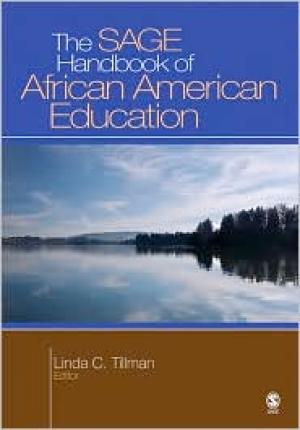
The SAGE Handbook of African American Education is a unique, comprehensive collection of theoretical and empirical scholarship in six important areas: historical perspectives, teaching and learning, PK-12 school leadership, higher education, current issues, and education policy. The purpose of the Handbook is to articulate perspectives on issues affecting the participation and leadership of African Americans in PK-12 and postsecondary education. This volume also addresses historical and current issues affecting the education of African Americans and discusses current and future school reform efforts that directly affect this group. Key Features * Promotes inquiry and development of questions, ideas, and dialogue about critical practice, theory, and research on African Americans in the United States educational system * Makes significant contributions to the scholarship on African Americans in the broad context of U.S. education and society * Addresses the central question-in what ways do African Americans in corporate, private, and public positions influence and shape educational policy that affects African Americans? (From the Publisher)
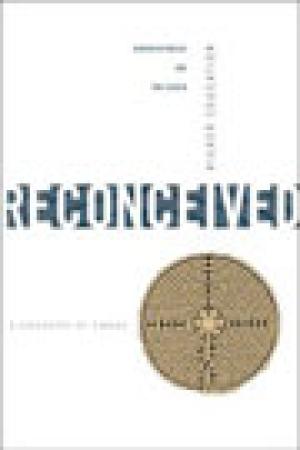
In "Higher Education Reconceived: A Geography of Change", authors Sherrie Reynolds and Toni Craven examine the process of change in higher education as they engage the reader in conversation about how we relate to ourselves and to one another. They draw on modern and post-modern elements of higher education as well as personal narratives to address personal change, emergent change, and changing ideas about learning, curriculum, and communities of learning. The traditional view in higher education is that teaching causes learning. However, these authors assess how, as our ideas of student learning, research, and disciplines have developed, our understanding of teaching has evolved as well. Throughout, the authors intimate a sense of the spiritual in the processes of teaching and learning. This holistic volume encourages meditation on the multidimensional journey of teaching and learning, sheds new light on current paradigms of education, and presents ways of living together in a pluralistic and globally connected world. Opening each chapter with a labyrinth illustration to depict the winding and porous nature of the topic, this book should find a place on every educator's bookshelf. As teacher-scholars together discover a new understanding of higher education fit for our times, they should never forget that - as Reynolds put it - 'Being a university professor is a sacred trust'.(From the Publisher)
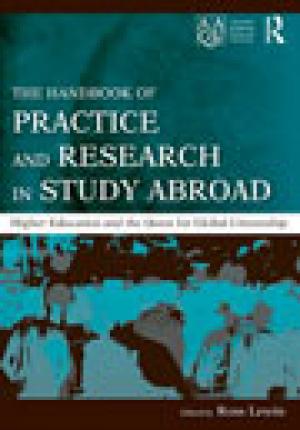
If we are all becoming global citizens, what then are our civic responsibilities? Colleges and universities across the United States have responded to this question by making the development of global citizens part of their core mission. A key strategy for realizing this goal is study abroad. After all, there may be no better way for students to acquire the knowledge, skills, and attitudes required to become effective change-agents in international contexts. The Handbook of Practice and Research in Study Abroad is a comprehensive survey of the field. Each chapter eloquently conveys an enthusiasm for study abroad alongside a critical assessment of the most up-to-date research, theory and practice. This contributed volume brings together expert academics, senior administrators, practitioners of study abroad, and policy makers from across the United States, Canada and other part of the world, who meticulously address the following questions: What do we mean by global citizenship and global competence? What are the philosophical, pedagogical and practical challenges facing institutions as they endeavor to create global citizens? How is study abroad and global citizenship compatible with the role of the academy? What are the institutional challenges to study abroad, including those related to ethics, infrastructure, finances, accessibility, and quality control? Which study abroad programs can be called successful? The Handbook of Practice and Research in Study Abroad is an indispensable reference volume for scholars, higher education faculty, study abroad professionals, policy makers, and the academic libraries that serve these audiences. It is also appropriate for a wide range of courses in Higher Education Master’s and Ph.D. Programs. (From the Publisher)
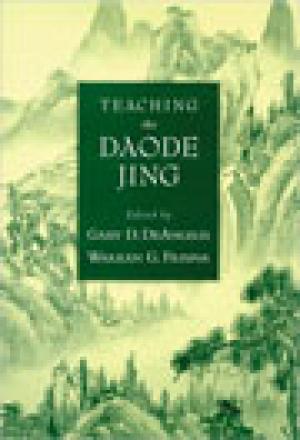
AAR Teaching Religious Studies Series (Oxford University Press) The Daode Jing, a highly enigmatic work rooted in ancient Chinese cosmology, ontology, metaphysics, and moral thinking, is regularly offered to college and high-school students in religion, philosophy, history, literature, Asian studies, and humanities courses. As a result, an ever-expanding group of faculty with very different backgrounds and training routinely confront the question: "How should I teach the Daode Jing?" Written for non-specialists who may not have a background in ancient Chinese culture, the essays collected in this volume provide up-to-date information on contemporary scholarship and classroom strategies that have been successful in a variety of teaching environments. A classic text like the Daode Jing generates debate among scholars and teachers who ask questions like: Should we capitalize on popular interest in the Daode Jing in our classrooms? Which of the many translations and scholarly approaches ought we to use? Is it appropriate to think of the Daode Jing as a religious text at all? These and other controversies are addressed in this volume. Contributors are well-known scholars of Daoism, including Livia Kohn, Norman Girardot, Robert Henricks, Russell Kirkland, Hans-Georg Moeller, Hall Roth, and Michael LaFargue. In addition, there are essays by Eva Wong (Daoist practitioner), David Hall (philosophy), Gary DeAngelis (mysticism), and a jointly written essay on pedagogical strategies by Judith Berling, Geoffrey Foy, and John Thompson (Chinese religion). (From the Publisher)
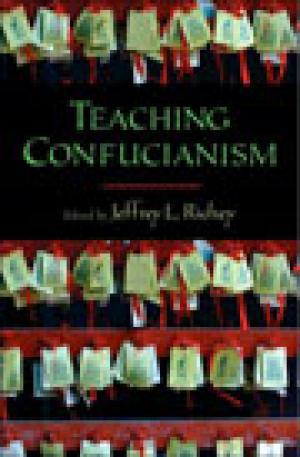
Even the most casual observer of Chinese society is aware of the tremendous significance of Confucianism as a linchpin of both ancient and modern Chinese identity. Furthermore, the Confucian tradition has exercised enormous influence over the values and institutions of the other cultures of East Asia, an influence that continues to be important in the global Asian diaspora. If forecasters are correct in labeling the 21st century 'the Chinese century,' teachers and scholars of religious studies and theology will be called upon to illuminate the history, character, and role of Confucianism as a religious tradition in Chinese and Chinese-influenced societies. The essays in this volume will address the specifically pedagogical challenges of introducing Confucian material to non-East Asian scholars and students. Informed by the latest scholarship as well as practical experience in the religious studies and theology classroom, the essays are attentive to the various settings within which religious material is taught and sensitive to the needs of both experts in Confucian studies and those with no background in Asian studies who are charged with teaching these traditions. The authors represent all the arenas of Confucian studies, from the ancient to the modern. Courses involving Confucius and Confucianism have proliferated across the disciplinary map of the modern university. This volume will be an invaluable resource for instructors not only in religious studies departments and theological schools, but also teachers of world philosophy, non-Western philosophy, Asian studies, and world history. (From the Publisher)
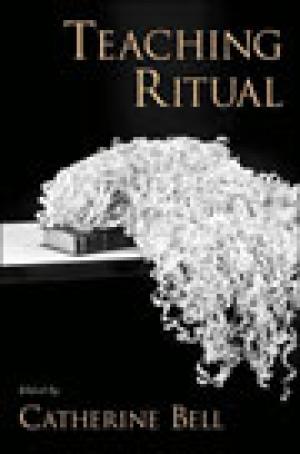
AAR Teaching Religious Studies Series (Oxford University Press) Many teachers share an interest in bringing a better appreciation of ritual into their religious studies classes, but are uncertain how to do it. Religious studies faculty know how to teach texts, but they often have difficulty teaching something for which the meaning lies in the doing. How do you teach such "doing"? How much need be done? How does the teacher talk about the religiosity that exists in personalized relationships, not textual descriptions or prescriptions? These practical issues also give rise to theoretical questions. Giving more attention to ritual effectively suggests a reinterpretation of religion itself-an understanding less focused on what people have thought and written, and more focused on how they engage their universe. Many useful analyses of ritual derive from anthropological and sociological premises, which may be foreign to religious studies faculty and even seen by some as theologically problematic. This is the first resource to address the issues specific to teaching this subject. A stellar cast of contributors, all scholars of ritual and teachers experienced in using ritual in a wide variety of courses and settings, explain what has worked for them in the classroom, what has not, and what they have learned from the experience of being more real about religion. Their voices range from personal to formal, their topics from ways to use field trips to the role of architecture. The result is a rich guide for teachers who are new to the subject as well as the experienced willing to think about new angles and fresh approaches. (From the Publisher)
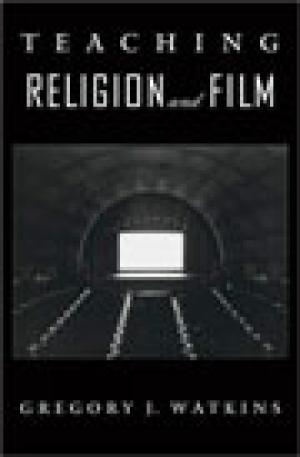
In a culture increasingly focused on visual media, students have learned not only to embrace multimedia presentations in the classroom, but to expect them. Such expectations are perhaps more prevalent in a field as dynamic and cross-disciplinary as religious studies, but the practice nevertheless poses some difficult educational issues — the use of movies in academic coursework has far outpaced the scholarship on teaching religion and film. What does it mean to utilize film in religious studies, and what are the best ways to do it? In Teaching Religion and Film, an interdisciplinary team of scholars thinks about the theoretical and pedagogical concerns involved with the intersection of film and religion in the classroom. They examine the use of film to teach specific religious traditions, religious theories, and perspectives on fundamental human values. Some instructors already teach some version of a film-and-religion course, and many have integrated film as an ancillary to achieving central course goals. This collection of essays helps them understand the field better and draws the sharp distinction between merely "watching movies" in the classroom and comprehending film in an informed and critical way. (From the Publisher)
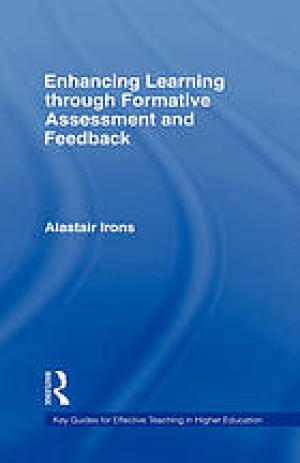
This book is based on the argument that detailed and developmental formative feedback is the single most useful thing teachers can do for students. It helps to clarify the expectations of higher education and assist all students to achieve their potential. This book promotes student learning through formative assessment and feedback, which: * enables self-assessment and reflection in learning * encourages teacher-student dialogue * helps clarify what is good performance * provides students with quality information to help improve their learning * encourages motivation and self-confidence in students * aids the teacher in shaping teaching Underpinned by the relevant theory, the practical advice and examples in this book directly address the issues of how to motivate students to engage in formative assessment effectively and shows teachers how they can provide further useful formative feedback. (From the Publisher)
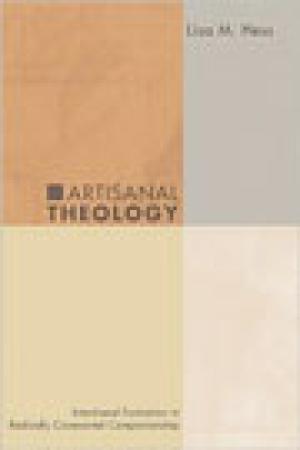
Paradox and surprise face those who pursue deeper spiritual practice, theological wisdom, and even a religious calling "into the ministry." Unbeknownst to incoming students, the pursuit of theological education in established institutions today furthers a faith that is recognizable in delight and compassion, even as it may just as easily deform it into a moral duty and autonomous professionalism so divisive in today's religious ecology. How may those drawn into ministry formation today receive its deep theological treasures and sustain a vibrant faith with a theologically expressive delight able to companion the suffering of self and others? (From the Publisher)